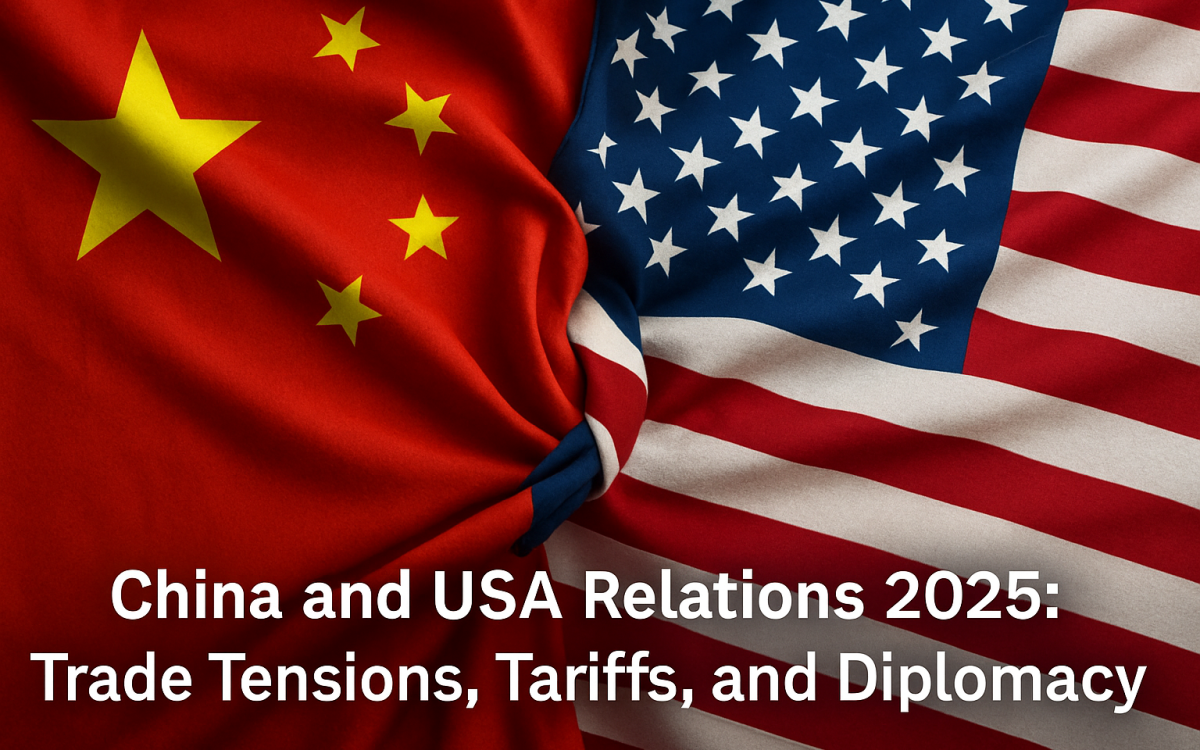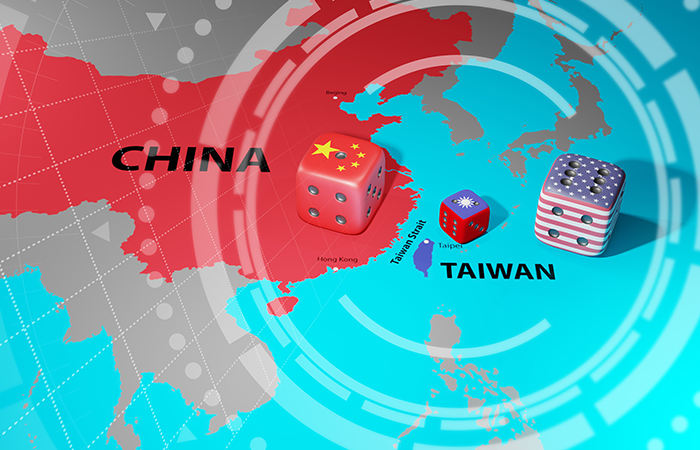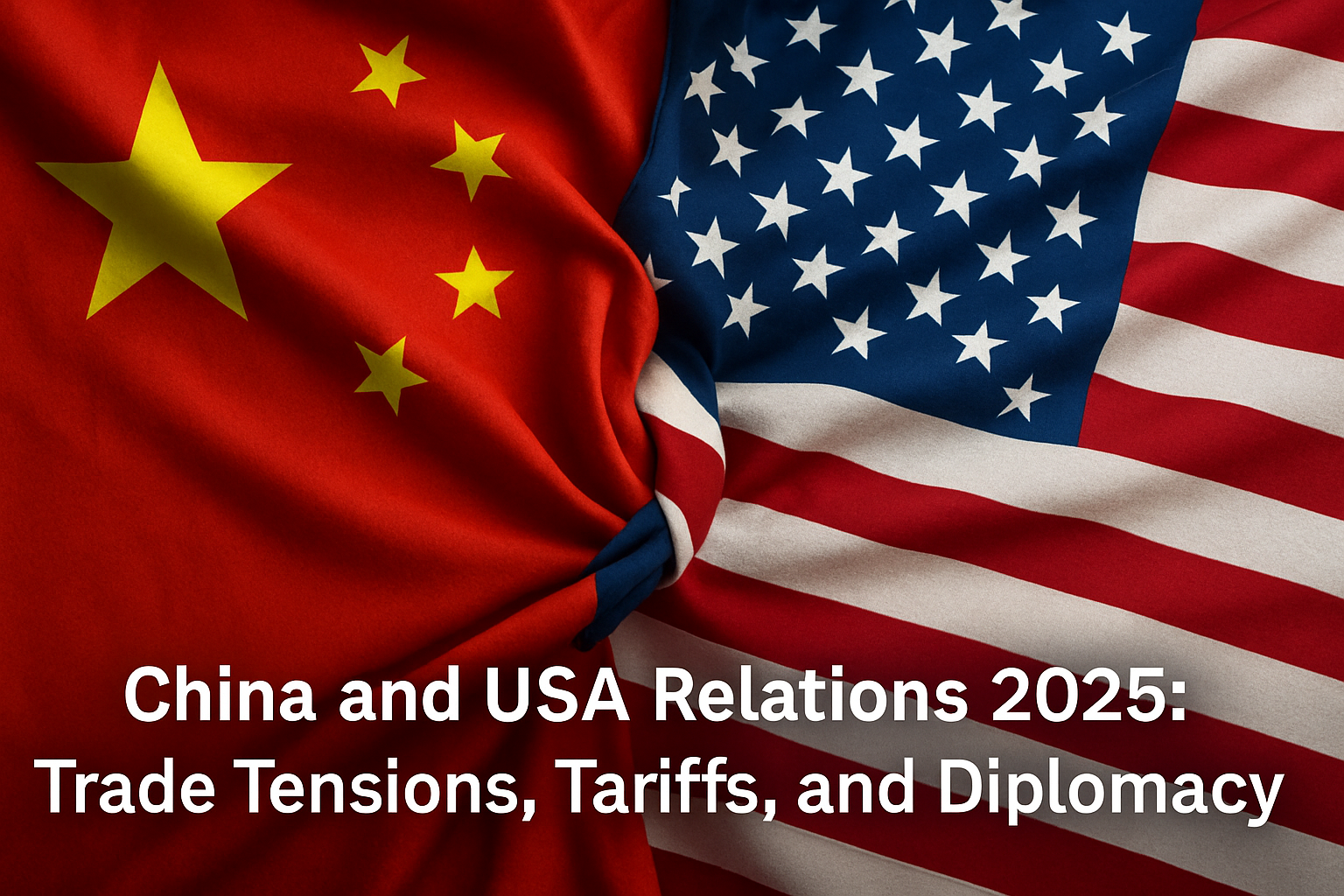Introduction
The relationship between China and US has always been multifaceted, encompassing cooperation, competition, and conflict. As of April 26, 2025, this relationship is marked by heightened tensions, particularly in trade and geopolitical arenas. This article delves into the recent developments shaping the dynamics between these two global powers China and the US. Linkhouse
Trade Tensions Escalate
The trade war between China and the United States has intensified, with both countries imposing significant tariffs on each other’s goods. President Donald Trump’s administration has implemented a 145% tariff on Chinese imports, citing the need to protect American industries and reduce trade deficits. In response, China has imposed a 125% tariff on American goods, leading to a tit-for-tat escalation that has disrupted global supply chains and markets .WikipediaABC News+2Reuters+2Business Insider+2
Conflicting Narratives on Trade Talks
Amid the escalating trade war, there is confusion regarding the status of trade negotiations between the two nations. President Trump has claimed that discussions are ongoing, suggesting that Chinese President Xi Jinping has reached out to him. However, China’s Foreign Ministry has refuted these claims, stating that no such negotiations are taking place and accusing the U.S. of creating confusion .New York Post+1Reuters+1Reuters+1Al Jazeera+1
China’s Strategic Tariff Exemptions
In a move that appears to be aimed at mitigating the impact of the trade war, China has exempted certain U.S. goods from its tariffs. Notably, tariffs on some U.S. semiconductors have been reduced to zero, down from a previous rate of 125%. Additionally, China is considering further exemptions on American medical equipment and industrial chemicals . These exemptions suggest that China is seeking to ease tensions and maintain access to critical technologies.Reuters+1Eurasia Business News+1New York Post+1Reuters+1
Impact on U.S. Agriculture
The agricultural sector in the United States has been significantly affected by the trade war. China’s reduction in purchases of U.S. soybeans and pork has led to a steep drop in demand, adversely impacting American farmers . This decline underscores the broader economic consequences of the ongoing trade disputes. WSJNew York Post
Geopolitical Maneuvers in the Indo-Pacific
Beyond trade, the United States and China are also engaging in strategic posturing in the Indo-Pacific region. Both nations have deployed aircraft carriers to the Philippine Sea, signaling a show of force and a commitment to their respective interests in the area . This military presence reflects the broader geopolitical competition between the two powers.GMA Network | News and Entertainment
Corporate Responses to Tariff Pressures
Multinational corporations are adjusting their operations in response to the trade tensions. Apple, for instance, plans to shift its iPhone assembly for the U.S. market from China to India by the end of 2026. This move aims to mitigate the effects of tariffs and diversify Apple’s supply chain . Such corporate strategies highlight the broader economic realignments prompted by the U.S.-China trade war.Latest news & breaking headlines+1nationthailand+1
Conclusion
The current state of China-U.S. relations is characterized by heightened tensions, strategic maneuvering, and significant economic implications. As both nations navigate this complex landscape, the global community watches closely, aware that the outcomes will have far-reaching consequences for international trade, security, and diplomacy.
Note: This article provides a comprehensive overview of the recent developments in China-U.S. relations as of April 26, 2025. The information presented is based on the latest available sources and aims to offer an objective analysis of the current situation.





